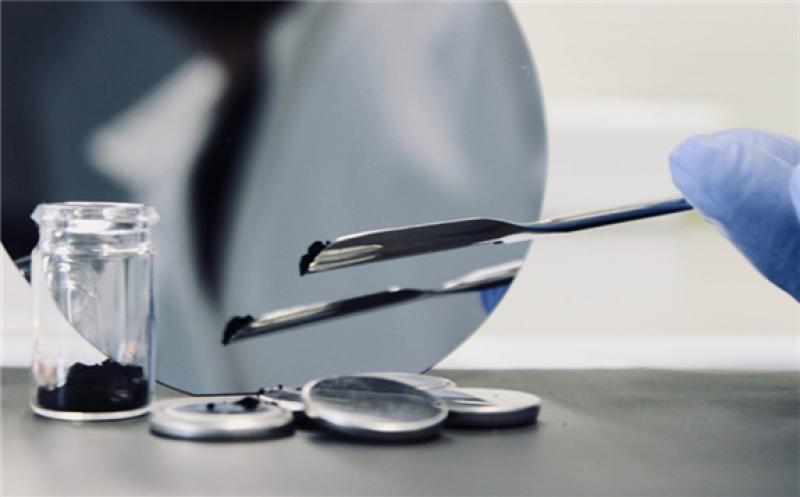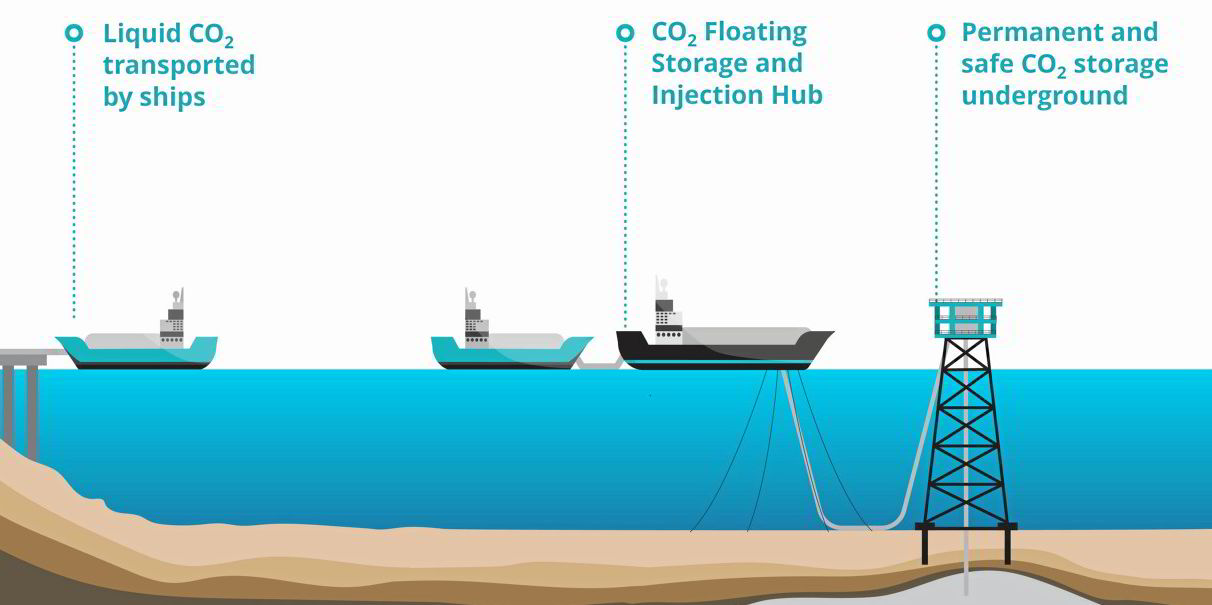The well-documented shortcomings of today’s lithium-ion batteries have prompted a plethora of new materials to be considered for use in such devices. When it comes to the anode, the aim is to integrate materials with better charge rate and energy density than commonly-used graphite and to find safe ways of using lithium without risking the formation of dendrites.
 Scientists at KIT and China’s Jilin University investigated the properties of a perovskite-structured titanate anode.
Scientists at KIT and China’s Jilin University investigated the properties of a perovskite-structured titanate anode.
Lithium-titanate has demonstrated promise and had some commercial uptake but anodes made with the material tend to have lower energy density than graphite and challenges related to cycle life and charge rate.
Scientists led by staff at the Karlsruhe Institute of Technology (KIT) have achieved encouraging results using a lithium lanthanum titanate (LLTO) anode with a perovskite crystalline structure. Their work, with colleagues from China’s Jilin University, is described in the paper Lithium lanthanum titanate perovskite as an anode for lithium ion batteries, published in Nature Communications.
In experiments, the anode achieved a working voltage below 1 V, reversible capacity of 225 milliamp-hours per gram and 79% capacity retention after 3,000 cycles. “Ultimately, cell voltage and storage capacity determine the energy density of a battery,” said Helmut Ehrenberg, head of the Institute for Applied Materials – Energy Storage Systems, at KIT. “In the future, LLTO anodes could enable particularly safe and durable high-performance cells.”
Pseudo-capacitance
The group noted, their anode’s performance was achieved without complex nanoscale engineering. Even with larger particles, the LLTO anode showed better power density and charge rate than lithium titanate oxide, a more commonly researched material.
The researchers put that down to the pseudo-capacitative properties of the LLTO, whereby ions intercalate and transfer their charge into layers of the active material. “Thanks to the larger particles, LLTO enables – in principle – simpler and less expensive methods of electrode production,” said Ehrenberg.
The group said its work highlights the importance of lithium-titanate battery chemistries and added, it hopes to spur new research into the identification and development of other, new titanium-based anode materials with desirable electrochemical properties.







